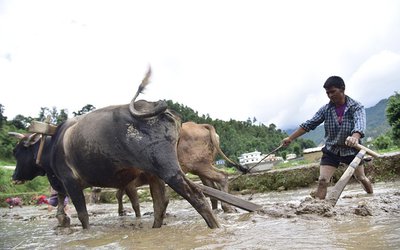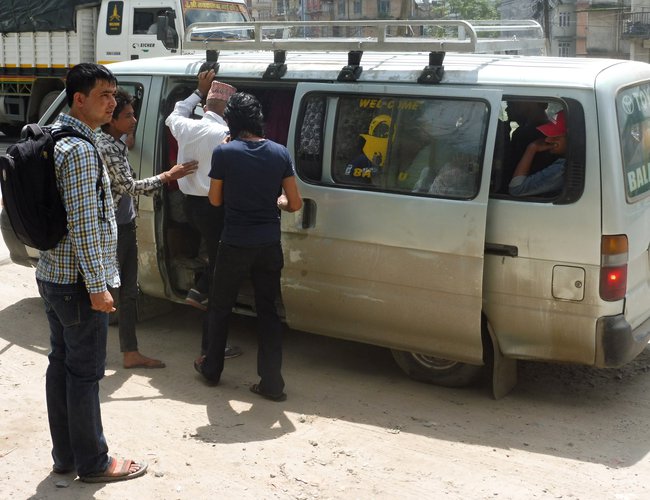
Given the public transport system, Kathmandu Valley’s commuters have been left with few options. The city dwellers, in a population of over five million, either cram in micro or private buses or use two wheelers. Thousands of them own cars.
For
the narrow streets and short distances, the growing number of two wheelers and
other private means of transport has already ruined the mobility in the city.
According to reports, the government has not invested any money in public transport
in the last two decades. There is only a fleet of buses called Sajha for the
mass public transport.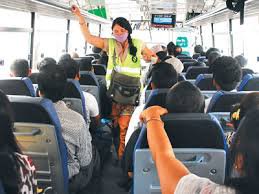
When I left Europe for a month long stay in Nepal, I had a dream to travel by the public buses in various parts of Kathmandu. However, when I started using them here, I realised that it was virtually impossible for a tourist like me to go around by using these vehicles.
Although I travelled by Sajha to a few places, I had to rely on the micro or other private buses, which load as many passengers as possible, without regard to the difficulty faced by girls, women, children and elderly.
Europe’s Transport
In Europe, I would sit in an air-conditioned tram, holding a book. Even in the Summer, the temperature here is quite pleasant. I can open the window and breathe some fresh and bracing air from outside. How nice it feels! Finally, I have a minute for myself, I have the possibility to read, to check news, listen to music or just relax with my eyes closed. However, no one can expect this entire day time, the public transport is quite full during working hours when everyone goes to work or is coming back home.
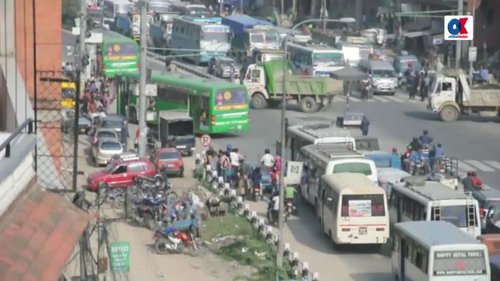 However,
undoubtedly in every case people can more or less rely on accuracy and
compliance of timetable and it doesn’t matter if its tram, bus, underground or
train. Unfortunately, this is a European
story. Not Nepali.
However,
undoubtedly in every case people can more or less rely on accuracy and
compliance of timetable and it doesn’t matter if its tram, bus, underground or
train. Unfortunately, this is a European
story. Not Nepali.
To avoid or at least reduce congestion and protect environment and citizens in cities, the European Commission supports the public transport in many ways, such as through subsidies, promoting energy-efficient vehicles, affordable prices of tickets and many parking places outside of the city centre. This simply means, for the majority of people, that it is much more easy and beneficial to take a bus than to drive their own car, which positively affects traffic, pollution and decreases risks of accidents and injuries. Cities are not overfilled with waste, vehicles and dirt. They are clean; people can breathe fresh air without drain of exhaust and due to lack of conveyances are less likely to get hit.
From what I have seen, tried and experienced here in Nepal, particularly in the capital, Kathmandu, where the problem is most apparent, I am completely certain about absolute contrary, which prevails even with regard to this aspect between these two continents.
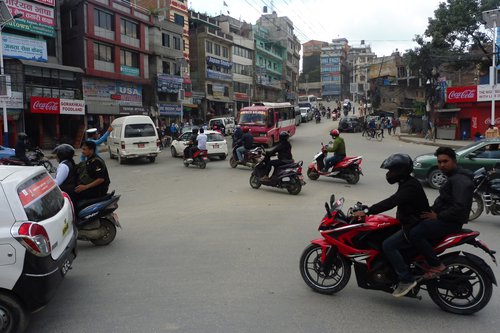 Although
there is huge and rapid urbanization in Nepal, the percentage of public
transport remains the same. There are no set and defined schedules, buses and
roads are in appalling conditions. No one can expect assurance of safety. In
better cases, the overcrowded bus comes after half an hour and due to the
traffic, it may be way slower than walking. In worse scenario, the bus doesn’t
come at all. A lot of buses are very old and do not meet the requirements for
environment protection. Even though the government should remove them to decrease
pollution, apparently, it is still not doing so.
Although
there is huge and rapid urbanization in Nepal, the percentage of public
transport remains the same. There are no set and defined schedules, buses and
roads are in appalling conditions. No one can expect assurance of safety. In
better cases, the overcrowded bus comes after half an hour and due to the
traffic, it may be way slower than walking. In worse scenario, the bus doesn’t
come at all. A lot of buses are very old and do not meet the requirements for
environment protection. Even though the government should remove them to decrease
pollution, apparently, it is still not doing so.
Overall the relevance of this issue is deeper than it seems to be on the very first sight. The government has failed in setting transport regulations. There are no fair charges, the price is not determined and it’s very volatile. The main cause is existing monopole which doesn’t allow other entrepreneurs to enter this sector and become competitive. All together it makes whole transport inefficient. Elderly or disabled people and students are groups who need efficiency the most and are basically dependent on almost every day, but here in Kathmandu it’s not currently possible. And authorities appear to have decided to close their eyes and ignore it.
I frequently see people, unfortunately not just the young ones, jumping off the window, so that they can get off on the right place, because otherwise due to completely full bus the exit is not possible at all. I frequently and absolutely without justification wait in stale and fulsome transport on the bus stop, just because the owners wait for even more people to have bigger benefit. Transitions mean nothing here, they are irrelevant, and no one notices them. If I want to pass the street, I cross my fingers, loop with others between cars and motorbikes, hoping they see me and manage to brake in time.
In
case people cannot rely on government and its relevance, they must rely on
themselves. This is the reason why almost every Nepali family owns motorbike or
car. However, it leads to very unpleasant consequences. Roads are overcrowded,
there is incredible traffic everywhere, vehicles are not just on roads but even
in the city centre where the streets are very narrow, which makes every corner
and turn dangerous. Due to massive traffic, the whole city is covered in
pollution and dirt. Citizens have to confront the exhausts and breathe this air
every day, which leads to various, especially pulmonary diseases.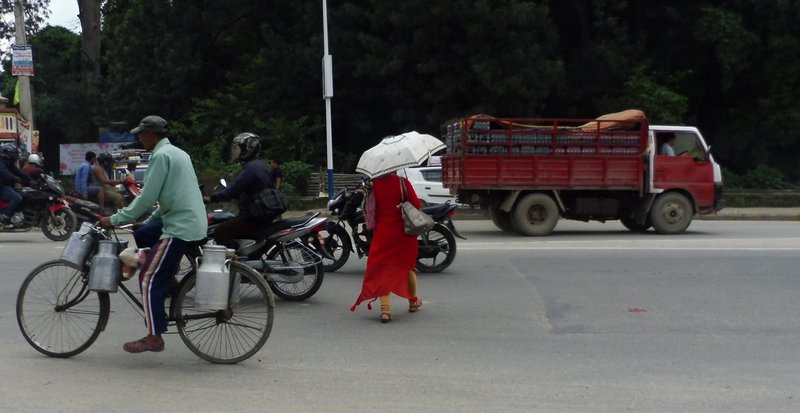
Anyway, the first light of hope that something is about to change was launching women-only buses, which run during the rush hour. The government implemented this innovation in order to fight harassment. It was decided due to very frequent cases when women were bothered by men. These transports should make them feel more comfortable and secure. Now everyone has to hope this is just the first step before creating many more amendments.
Public transport is not for public in Kathmandu, because this sector simply slipped between authorities’ fingers and before they realized it was too late. Unless there are further bills and regulations introduced by the government, it is just a pure business.

Katerina Pithova
Katerina Pithova is an intern fromCzech Republic
- NEPAL Festival Fervor
- Sep 10, 2017
- Stuck In stereotype?
- Aug 27, 2017




